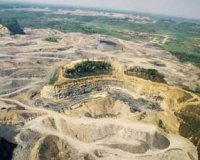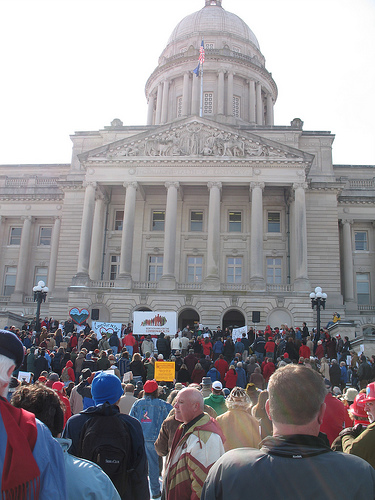Mountaintop Removal and Strip Mining

The Appalachian Mountains are among the oldest mountains in the world and one of the most biologically diverse locations in this hemisphere. Our communities here are culturally rich. Most importantly, they are home.
And there are some people focused on destroying them.
Mountaintop removal and the accompanying valley fills is the most destructive way to mine coal, creating unhealthy living conditions for people in nearby communities, eliminating not only our forests and streams but altering a whole ecosystem that can never be restored and forever changing the communities where we live.
Mountaintop removal is not necessary to meet the demand for coal. It is done only because it is cheaper for the coal company – primarily because fewer workers are needed and because taxpayers subsidize the mining and sale of the coal, along with its public health and environmental effects.
In these pages, learn more about mountaintop removal and its consequences, the people who are working to protect their communities and how you can help.
Learn more:
Legislation addressing mountaintop removal and water pollution
√ The Stream Saver Bill
√ The Clean Water Protection Act
√ The Appalachian Community Health Emergency Act
Mountaintop removal is the worst

"There can be no restoration when mountaintop removal moves into your community. I’ve been fighting bad coal companies since I was 9 years old and a company used a broad form deed to force their way onto our homeplace to auger mine. In the last 40 years I’ve seen strip mining, deep mining, auger mining, mine blowouts, sludge pond breaks, blasting and flooding. But mountaintop removal is the worst."
Patty Amburgey
Letcher County
More information
- Federal Environmental Impact Statement (11.9 mb)
- Mountaintop Removal: An Overview (Appalachian Voices, 2006)
- Home
- |
- Sitemap
- |
- Get Involved
- |
- Privacy Policy
- |
- Press
- |
- About
- |
- Bill Tracker
- |
- Contact
- |
- Links
- |
- RSS


